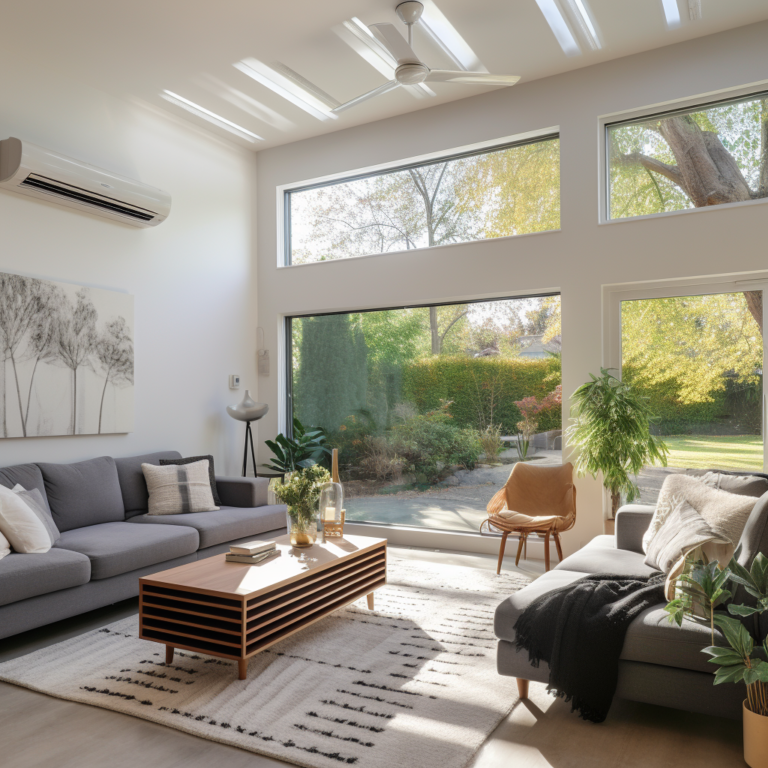Color is a fundamental aspect of human perception, influencing our moods, thoughts, and behaviors in profound ways. The art and science of color psychology delve into how different hues affect our mental states and the ambiance of our living spaces. Understanding this can transform a simple home painting project into a powerful tool for enhancing your quality of life.
The Power of Colors
Red: This vibrant color is often associated with energy, passion, and excitement. It’s perfect for areas where you want to stimulate activity and conversation, such as dining rooms or social areas. However, too much red can be overwhelming, so it’s often best used as an accent.
Blue: Known for its calming properties, blue can create a serene and tranquil atmosphere. It’s an ideal choice for bedrooms and bathrooms where relaxation is key. Different shades of blue can evoke different feelings, from the soft, soothing light blues of a summer sky to the deep, introspective tones of navy.
Yellow: Bright and cheerful, yellow is synonymous with happiness and optimism. It can make small spaces feel larger and more welcoming. However, it’s a color that needs to be used wisely as it can be too stimulating in large quantities.
Green: Representing nature and tranquility, green is a versatile color that works well in almost any room. It’s especially beneficial in spaces where you seek balance and harmony, such as living rooms and kitchens.
Purple: Often associated with luxury and creativity, purple can bring a sense of sophistication to a room. Lighter shades like lavender are calming and can work well in bedrooms, while deeper purples can add a touch of drama and elegance to living areas.
Applying Color Psychology in Your Home
Choosing the right colors for your home is not just about aesthetics; it’s about creating an environment that supports your lifestyle and well-being. This is where professional guidance can make a significant difference. For instance, house painters who understand color psychology can help you select shades that not only look great but also enhance the functionality and mood of each room.
Combining Colors for Maximum Impact
Beyond individual colors, the combination and contrast of different hues can significantly affect a room’s atmosphere. Here are some tips for combining colors effectively:
- Complementary Colors: These are colors opposite each other on the color wheel, such as blue and orange or red and green. Using complementary colors can create a vibrant and energetic look.
- Analogous Colors: These are colors next to each other on the color wheel, like blue and green or red and orange. Analogous color schemes are more harmonious and pleasing to the eye.
- Monochromatic Colors: This scheme involves different shades of the same color. It’s a subtle way to add depth and interest without overwhelming the senses.
The Role of Professional Painters
When embarking on a home painting project, the expertise of skilled house painters is invaluable. They not only have the technical skills to achieve a flawless finish but also the knowledge to advise on the best color choices for your specific needs. By working with professionals, you can ensure that your home’s new look is both beautiful and functional, aligning perfectly with your vision and lifestyle.
In conclusion, understanding color psychology can transform your home into a space that not only looks good but also feels right. Whether you’re looking to energize a room or create a peaceful retreat, the right colors can make all the difference. And when it comes to bringing your vision to life, experienced house painters are your best allies, ensuring that every brushstroke contributes to your home’s perfect harmony.





